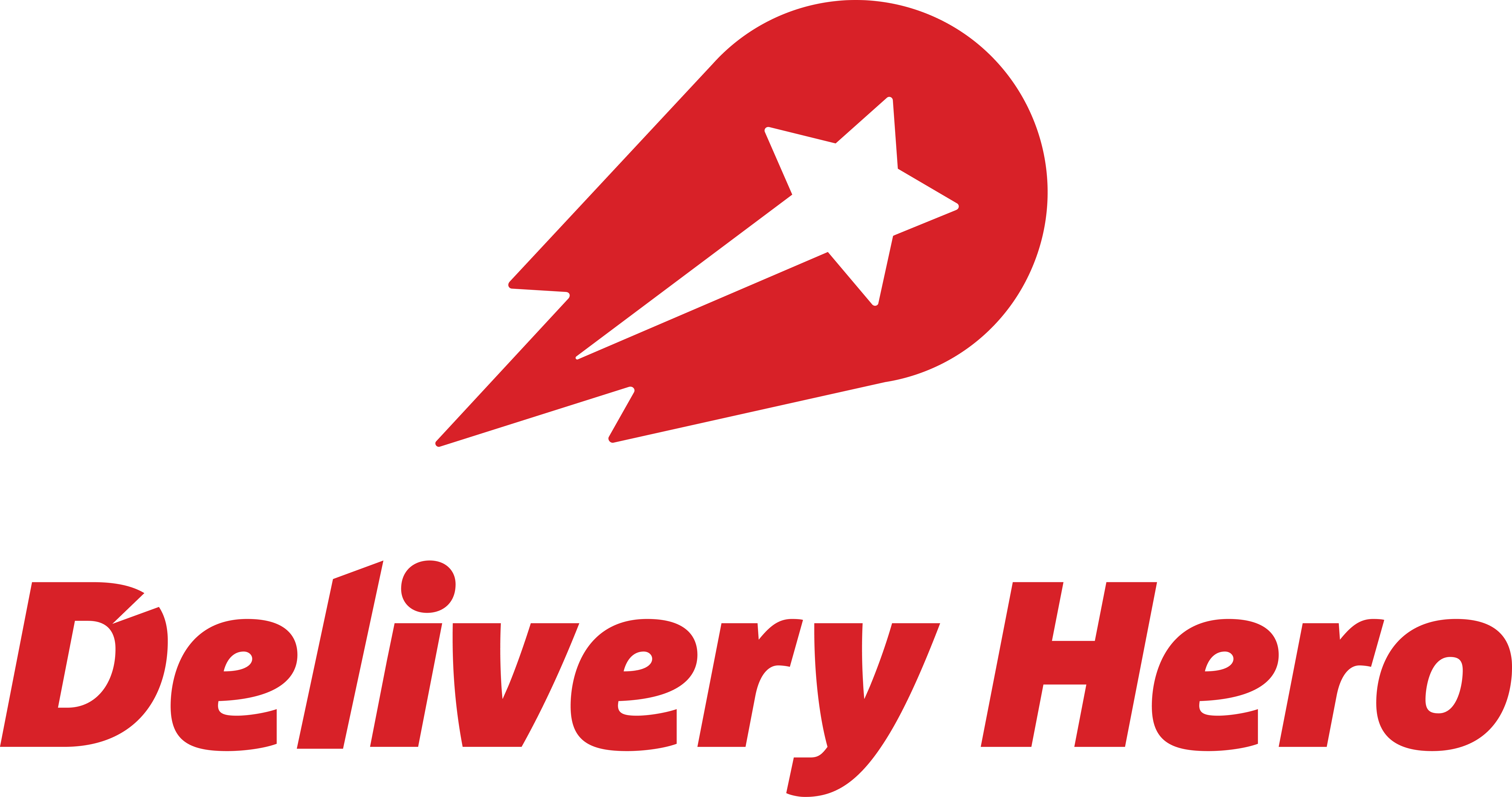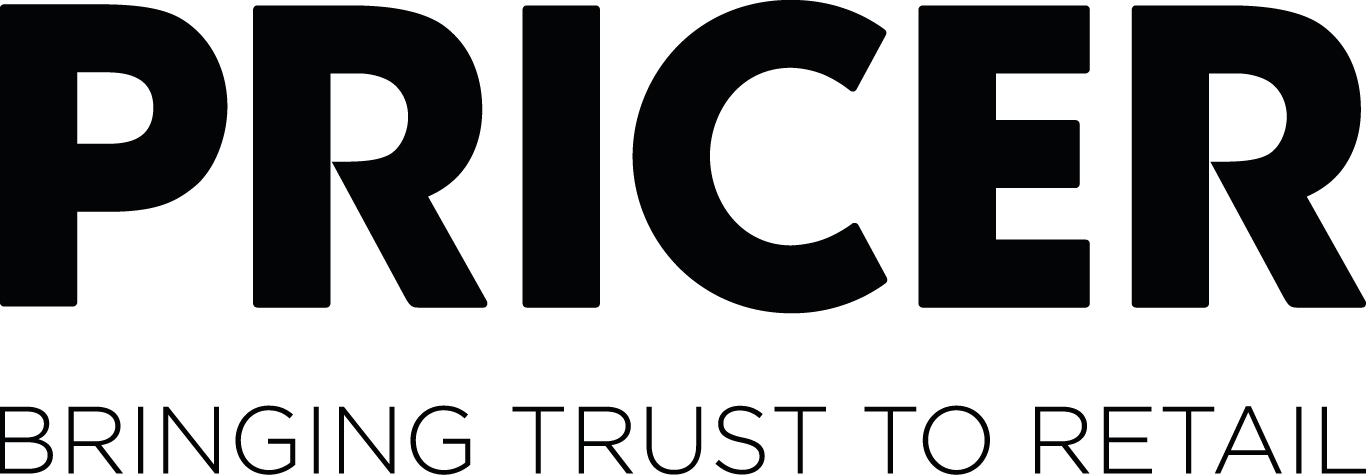
Gantt Chart Software for Project Management
Make project planning easy, visual, and collaborative with Gantt charts for Smartsheet. Track tasks, dependencies, and progress in real-time, ensuring your projects stay on track and within budget.

TRUSTED BY YOUR FAVORITE BRANDS
AND OVER 85% OF FORTUNE 500 COMPANIES.
Why use Smartsheet for creating Gantt charts?
Smartsheet simplifies Gantt charts by offering intuitive drag-and-drop editing, real-time collaboration, and automatic dependency updates. Transform task lists into dynamic visual workflows that track progress, dependencies, and the critical path.

Hit project milestones on time, every time
Visualize and edit project timelines on the fly
- Simply add tasks, due dates, and milestones to create a project timeline and hit important dates
- Easily visualize work in sequence so you can spot blockers and bottlenecks ahead of time
- A simple interface and drag-and-drop functionality make editing a breeze

Manage dependencies & identify critical path
Stay on track with clear task sequencing and real-time impact updates
- Visualize dependencies between project tasks to manage sequencing
- Highlight the critical path with the click of a button, so you know which tasks must be completed on time
- Automatically see the downstream impact of changes in real time as dates shift or new tasks are added

Share project updates in real time
Keep everyone aligned with built-in communication and task management
- Share timelines with your team while keeping communication connected to the work itself
- Add comments to tasks, tag teammates in conversations, and attach relevant project files
- Automated alerts and update requests ensure everyone stays informed

Real-time project insights, instantly
Monitor project health using dashboards and reporting views
- Capture a project baseline to calculate variance between planned and expected completion dates
- Provide stakeholders with a high-level view of key metrics and progress
- Adjust plans quickly as priorities shift and ensure work stays on time and on budget
Key features of Smartsheet Gantt charts

Visualize your projects with clarity
Discover how Smartsheet Gantt charts make it easy to plan timelines, track dependencies, and manage milestones with a simple, flexible view that adapts to the way you work.
A global perspective for local action
100%
control over the entire project using Smartsheet solutions
The USDA Food for Progress Cacao for Development project, implemented by Partners of the Americas, has enabled thousands of Colombian farmers to transition to more sustainable agricultural practices for cacao and other crops with its Smartsheet-based tools and data processes.
Gantt chart software for every team, any industry
Pre-built template solutions
These multi-asset templates with Gantt charts are designed to provide a complete workflow solution for managing projects out of the box.

Integrations
Smartsheet connects seamlessly with the platforms your team already relies on. Collaborate on project files through Google Drive, Dropbox, or Box, and keep schedules aligned with updates from Jira or Salesforce. Visualize timelines in real time with Power BI or Tableau, and turn conversations into tasks with Slack or Microsoft Teams. Whatever the project, Smartsheet Gantt chart software helps you manage it with confidence and efficiency.
Gantt Chart Software FAQs
A Gantt chart is a visual project management tool that displays tasks, start and end dates, dependencies, and milestones on a timeline to keep projects on track.
Gantt charts are used in project management to plan, schedule, and track tasks over time, especially for projects with multiple phases, dependencies, and deadlines.
A timeline shows dates and tasks. Gantt chart software adds dependencies, milestones, automation, and collaboration features for complete project management.
You can create Gantt charts in Excel or Google Sheets, but tools like Smartsheet, Microsoft Project, or Asana provide automation, collaboration, and real-time updates.
Look for dependencies, milestones, real-time collaboration, automation, templates, and integrations. All of these features are included in Smartsheet Gantt chart software.
The advantages of Gantt charts include clear visibility of tasks and timelines, easier dependency tracking, better resource allocation, and improved collaboration across teams.
Gantt charts are used by project managers, marketers, construction teams, software developers, event planners, HR leaders, and anyone managing complex projects.
Yes. Agile teams use Gantt charts to map dependencies, track releases, and align sprint work with broader project timelines.
Yes, Smartsheet offers a free trial with customizable Gantt chart templates so you can start building timelines immediately.








